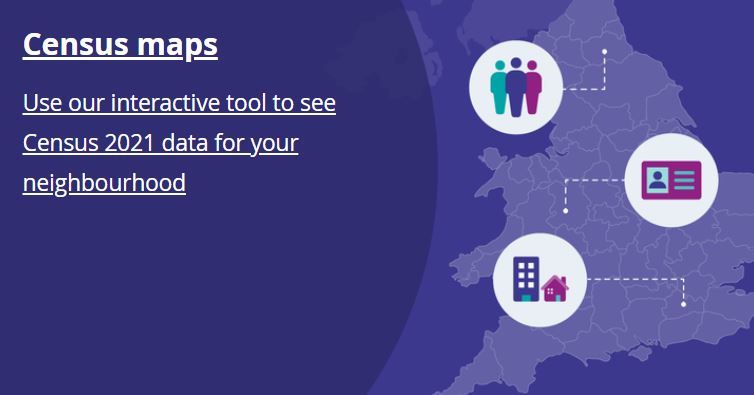|
www.coventry.gov.uk/infoandstats
In this issue:
Source:Insight, Coventry City Council
Population health: A focus on improving physical and mental health outcomes, and reducing health inequalities, at a population, rather than individual patient level. This is achieved by looking at our population in terms of: Wider determinants of health, healthy behaviours, communities & neighbourhoods people live in and integrated health & social care.
Population health management: Is the use of data and insight to drive Population Health. This could be via a linked dataset which includes hospital, community, primary care and social care records; there is also a potential for linked data sets to include information relating to wider determinants like housing, employment category etc.
- Population Health Management involves working collaboratively with health and social care services to improve patient care and planning and delivery of services.
- Population Health Management uses data from different sources, including electronic records to identify local groups of people who are at risk, or potential risk, of ill-health and uses this insight to development tailored, targeted interventions.
Find out more about the Integrated Care Records and Population Health Management.
Source: Office for National Statistics (ONS)
Census Maps is an interactive map resource updated to view 10 year changes between Census 2011 and 2021. It also allows you to view these statistics for Coventry overall, for neighbourhoods within Coventry when you zoom, and compare to other places.
You can click on this article link to find out more on how life has changed in Coventry in last 10 years.
Here are some of the findings from changes in Coventry from Census 2011 to 2021:
- The average median age of Coventry is increased by 1 year from 34 to 35 years in 2021.
- 44.5% of residents described their health as "very good", increased from 41.3% in 2011.
- 9.3% of residents aged 5 years and over provide some unpaid care each week, decreased from 12.1% in 2011.
- 19.3% of households include a couple with dependent children, increased from 18.2% in 2011.
- Private renting has increased from 20.6% to 24.7% in 2021.
- 18.4% of residents live with a disability such as a long term health condition or illness that limits their life, this has decreased from 21.2% in 2011.
The above percentages in this bulletin have been Age-standardised. Age-standardised proportions account for different age structures in populations and are more appropriate than crude percentages when drawing comparisons over time and across areas. Age-standardised proportions allow for fairer comparison between populations over time and across geographies, as they account for differences in the population size and age structure. You can view the actual number and percentages on the Nomis Website.

Source: Office for National Statistics (ONS)
The Office for National Statistics (ONS) has introduced a new Custom dataset tool to build your own Census 2021 datasets. You can customise the datasets that you're interested in by choosing variables about demography and migration, UK armed forces veterans, ethnic group, national identity, language and religion, housing, labour market and travel to work, education and health, disability and unpaid care.
Watch an animated video to help you to start with the new ways to access Census 2021 data.
You can find more information about the release plans for Census 2021 topics
|